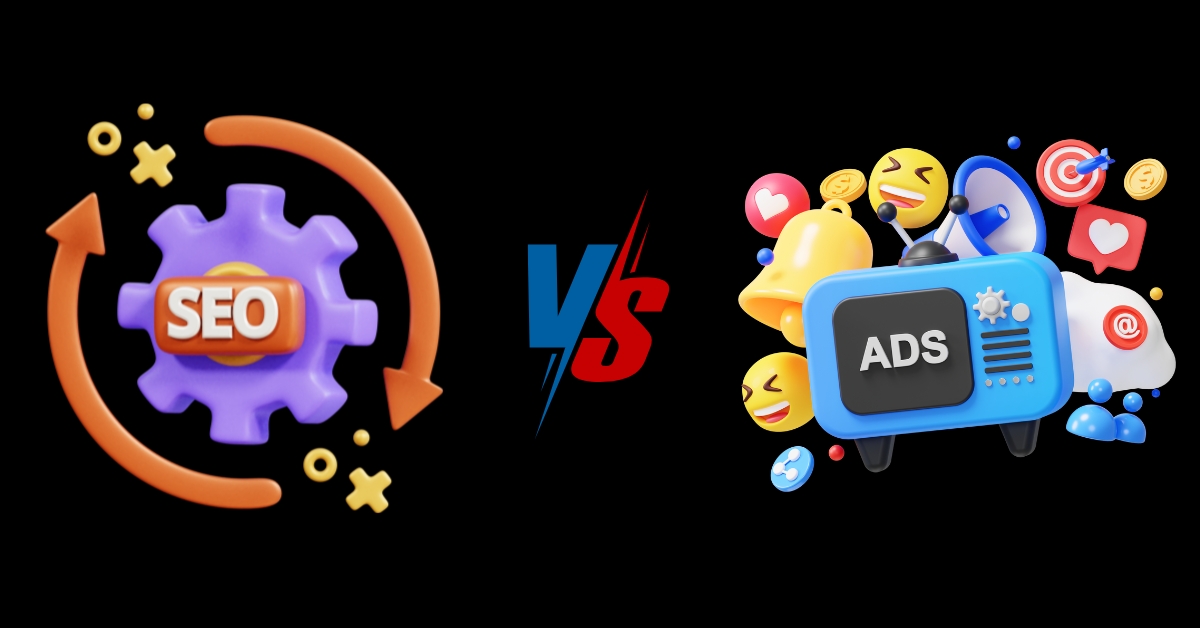Digital marketing has never been more competitive than it is in 2026. Businesses of all sizes are investing heavily in online strategies to capture attention, generate leads, and drive sales. Among the most common approaches are Search Engine Optimization (SEO) and paid advertising. While both methods aim to increase visibility, they differ significantly in approach, cost, and long-term value. Understanding their strengths and limitations is crucial when deciding which strategy is best for your business.
Understanding SEO
SEO is the practice of optimizing your website to rank higher in organic search engine results. It involves creating high-quality content, improving site speed, enhancing user experience, and building authoritative backlinks. The biggest advantage of SEO is its long-term sustainability. Once your website ranks well for valuable keywords, you can generate consistent, ongoing traffic without paying for every click.
However, SEO is not instant. It can take months of consistent effort to see significant results. Additionally, algorithms evolve constantly, which means businesses must stay updated and flexible in their strategies.
Understanding Paid Ads
Paid advertising, often referred to as pay-per-click (PPC), allows businesses to display targeted ads on platforms like Google, Facebook, or LinkedIn. These ads appear instantly and can deliver quick traffic to your website. Paid ads are highly customizable, enabling precise targeting by demographics, location, interests, and behaviors.
The primary drawback is cost. Every click has a price, and in competitive industries, that cost can be substantial. Once you stop funding the ads, traffic ceases immediately. For many businesses, paid ads work best as part of a short-term campaign or when rapid visibility is essential.
Pros and Cons of SEO
Pros of SEO:
- Long-term visibility without ongoing ad spend
- Builds credibility and trust through organic rankings
- Improves overall user experience on your website
- Offers higher ROI over time
Cons of SEO:
- Requires time and consistent effort
- Results depend heavily on search engine algorithms
- Competitive industries demand significant investment
Pros and Cons of Paid Ads
Pros of Paid Ads:
- Delivers immediate results and visibility
- Highly targeted campaigns with measurable data
- Flexible budgets and adaptable strategies
- Ideal for product launches or time-sensitive offers
Cons of Paid Ads:
- Can be expensive, especially in competitive markets
- Results stop the moment campaigns end
- Users may ignore or distrust ads compared to organic results
Which Works Best in 2026?
The truth is that SEO and paid ads are not opposing strategies—they work best when combined. In 2026, businesses are finding success in blending both approaches. For example, paid ads can provide quick visibility while SEO builds long-term authority. This integrated strategy ensures that companies are visible across multiple touchpoints in the buyer’s journey.
That said, the right balance depends on your goals. If your business wants immediate leads for a new product, paid ads are the way to go. If your focus is on sustainable growth and brand authority, SEO should be the priority. Many agencies now recommend using both simultaneously for maximum impact.
The Role of Expertise
Whether you choose SEO, paid ads, or a mix of both, the expertise of a trusted partner can make all the difference. Agencies that specialize in data-driven strategies and creative storytelling help businesses navigate the complexity of digital marketing in 2026. For instance, –prodigy marketing agency emphasizes a balanced approach that blends long-term SEO planning with targeted ad campaigns to deliver measurable growth.
Conclusion
When deciding between SEO and paid ads, it’s less about choosing one over the other and more about aligning each strategy with your business objectives. SEO builds authority and long-lasting visibility, while paid ads deliver speed and precision targeting. By combining both methods, businesses can maximize their reach, improve ROI, and stay ahead in an increasingly competitive digital marketplace.


